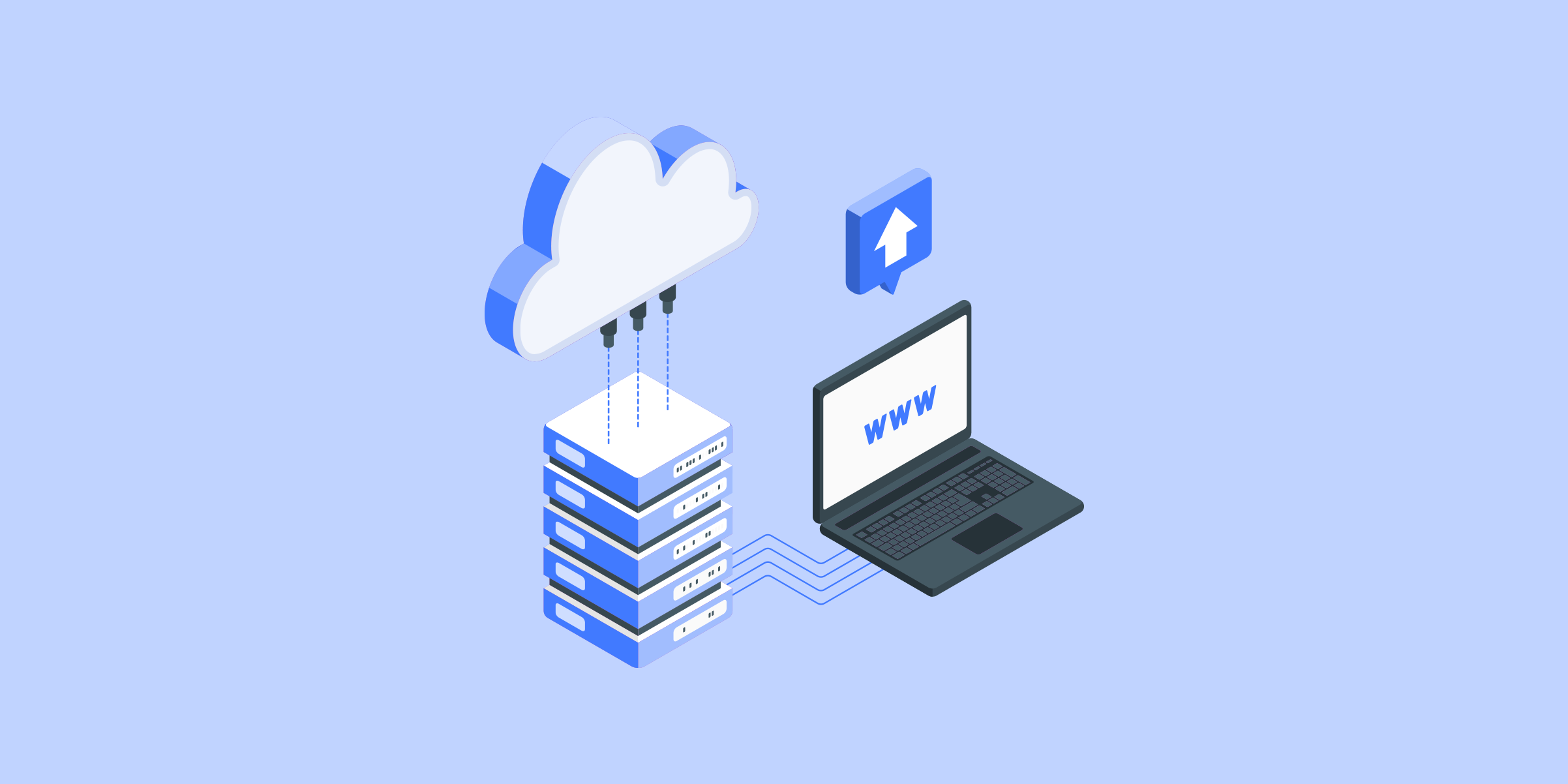Residential Proxies
Allowlisted 200M+ IPs from real ISP. Managed/obtained proxies via dashboard.

Proxies
Residential Proxies
Allowlisted 200M+ IPs from real ISP. Managed/obtained proxies via dashboard.
Residential (Socks5) Proxies
Over 200 million real IPs in 190+ locations,
Unlimited Residential Proxies
Use stable, fast, and furious 700K+ datacenter IPs worldwide.
Static Residential proxies
Long-lasting dedicated proxy, non-rotating residential proxy
Dedicated Datacenter Proxies
Use stable, fast, and furious 700K+ datacenter IPs worldwide.

Web Unblocker
View content as a real user with the help of ABC proxy's dynamic fingerprinting technology.
Proxies
API
Proxy list is generated through an API link and applied to compatible programs after whitelist IP authorization
User+Pass Auth
Create credential freely and use rotating proxies on any device or software without allowlisting IP
Proxy Manager
Manage all proxies using APM interface

Proxies
Residential Proxies
Allowlisted 200M+ IPs from real ISP. Managed/obtained proxies via dashboard.
Starts from
$0.77/ GB
Residential (Socks5) Proxies
Over 200 million real IPs in 190+ locations,
Starts from
$0.045/ IP
Unlimited Residential Proxies
Use stable, fast, and furious 700K+ datacenter IPs worldwide.
Starts from
$79/ Day
Rotating ISP Proxies
ABCProxy's Rotating ISP Proxies guarantee long session time.
Starts from
$0.77/ GB
Static Residential proxies
Long-lasting dedicated proxy, non-rotating residential proxy
Starts from
$5/MONTH
Dedicated Datacenter Proxies
Use stable, fast, and furious 700K+ datacenter IPs worldwide.
Starts from
$4.5/MONTH
Knowledge Base
English
繁體中文
Русский
Indonesia
Português
Español
بالعربية


Amazon crawlers are software or programs specifically used to automatically collect product information, price data, user reviews and other content from the Amazon platform. Their core goal is to achieve large-scale and efficient data acquisition through technical means. In the fiercely competitive environment of global e-commerce, such tools have become an important support for corporate market analysis, competitive product monitoring and operational decision-making. As a leading brand in the field of proxy IP services, abcproxy's products can provide a stable network environment support for Amazon crawlers, ensuring the smoothness and security of the data collection process.
1. Core functions of Amazon crawler
Amazon's crawler is designed around three core functions: object recognition, data crawling, and information storage.
Target recognition: Through preset rules or machine learning models, key data structures such as product detail pages and search list pages on Amazon pages are identified, and target data fields (such as price, rating, inventory status) are accurately located.
Data crawling: Based on HTTP request simulation or browser automation technology (such as Selenium), dynamically load page content and extract text, pictures, links and other information.
Information storage: Save the crawling results in a structured format (JSON, CSV or database) for subsequent analysis and visualization.
The effectiveness of the tool depends on its ability to respond to Amazon's anti-crawler mechanism. For example, by dynamically switching the User-Proxy and IP address, the probability of triggering the platform's risk control can be reduced.
2. Technical architecture and implementation logic of the tool
Modern Amazon crawlers usually adopt a layered architecture consisting of the following modules:
Scheduling layer: manages task queues, assigns crawling priorities and monitors execution status;
Network request layer: handles the sending and response parsing of HTTP requests, and supports the integration of proxy IP pools to achieve IP rotation;
Data parsing layer: extract target data based on XPath, regular expressions or deep learning models;
Exception handling layer: Identify anti-crawling strategies such as verification codes and login interception, and trigger response mechanisms (such as delayed retry or IP change).
Taking the proxy IP integration scenario as an example, using a residential proxy (such as abcproxy's static ISP proxy) can simulate the geographic location and network behavior of real users, significantly improving the capture success rate.
3. The role of proxy IP in Amazon data crawling
Proxy IP is the core technical means to break through Amazon's access restrictions. Its value is reflected in two aspects:
Avoid IP blocking: By rotating multiple IP addresses (such as data center proxies or residential proxies), the request frequency of a single IP can be dispersed to avoid being marked as abnormal traffic by the platform;
Geolocation expansion: Using proxy IPs in different regions (such as abcproxy's global residential proxy network) can collect price and product information in specific countries/regions and support localized operational analysis.
It should be noted that the quality of the proxy IP directly affects the crawling efficiency. Low-latency, high-anonymity proxy services (such as abcproxy's unlimited residential proxy) can reduce the risk of connection timeouts and request failures.
4. Amazon crawler selection and optimization suggestions
Enterprises need to pay attention to the following dimensions when selecting or developing tools:
Compatibility: whether the page structure differences of multiple Amazon sites (such as .com, .de, .jp) are supported;
Extensibility: Whether the platform interface can be quickly adapted to updates through plug-ins or APIs;
Resource consumption: Control bandwidth and computing resource usage to avoid server overload due to high-frequency requests.
In terms of proxy IP configuration, a hybrid strategy is recommended: use data center proxies for high-frequency basic data capture, and use residential proxies for accurate collection of key fields (such as real-time prices).
5. Typical application scenarios and value output
The application of Amazon crawlers has penetrated into multiple business areas:
Price monitoring: real-time tracking of price fluctuations of competing products and dynamic adjustment of own pricing strategies;
Product selection analysis: mining emerging market demand trends through hot-selling product data;
Word-of-mouth management: collect user reviews and Q&A content to optimize product descriptions and service processes;
Advertising effectiveness evaluation: Analyze competitors’ advertising strategies and keyword ranking changes.
The realization of these scenarios depends on efficient and stable data flow, and the proxy IP plays the role of "infrastructure" in this process. For example, using Socks5 proxy can encrypt the transmission link to prevent data from being intercepted or tampered with during the crawling process.
As a professional proxy IP service provider, abcproxy provides a variety of high-quality proxy IP products, including residential proxy, data center proxy, static ISP proxy, Socks5 proxy, unlimited residential proxy, suitable for a variety of application scenarios. If you are looking for a reliable proxy IP service, welcome to visit the abcproxy official website for more details.
Featured Posts
Popular Products
Residential Proxies
Allowlisted 200M+ IPs from real ISP. Managed/obtained proxies via dashboard.
Residential (Socks5) Proxies
Over 200 million real IPs in 190+ locations,
Unlimited Residential Proxies
Use stable, fast, and furious 700K+ datacenter IPs worldwide.
Rotating ISP Proxies
ABCProxy's Rotating ISP Proxies guarantee long session time.
Residential (Socks5) Proxies
Long-lasting dedicated proxy, non-rotating residential proxy
Dedicated Datacenter Proxies
Use stable, fast, and furious 700K+ datacenter IPs worldwide.
Web Unblocker
View content as a real user with the help of ABC proxy's dynamic fingerprinting technology.
Related articles

What is Amazon crawler
This article comprehensively analyzes the definition, technical principles and application scenarios of Amazon crawlers, explores the key role of proxy IP in data collection, and provides solutions for enterprises to efficiently obtain Amazon platform data.

"The Perfect Pair: A Sneak Peek Into the World of Sneakers"
A pair of sneakers is more than just footwear; it is a symbol of comfort, style, and versatility. These trendy and casual shoes have become an essential part of our everyday wardrobe, whether we are running errands, working out at the gym, or simply hanging out with friends. Sneakers offer a perfect blend of functionality and fashion, providing us with the needed support and cushioning for our feet while also adding a touch of personality to our outfits. With endless options available in terms of designs, colors, and brands, there is a pair of sneakers for every individual's taste and preference. So, lace up your favorite pair, step into the world of sneakers, and take each stride with confidence and flair.

"Unlocking Endless Possibilities with Rotating Residential Proxy"
Rotating residential proxies are a crucial tool for internet users seeking privacy, security, and improved browsing experiences. These proxies consist of a vast network of real residential IP addresses that continuously rotate, ensuring anonymity and preventing detection. By redirecting internet traffic through different residential IPs, rotating residential proxies enable users to avoid restrictions, bypass geo-blocking, and scrape data without being blocked. With the ability to mimic natural user behavior, these proxies are highly effective in preventing IP bans and providing seamless online experiences. Whether for web scraping, social media management, or ad verification, rotating residential proxies offer a reliable solution for any internet user looking to protect their online activities and access content from anywhere in the world.